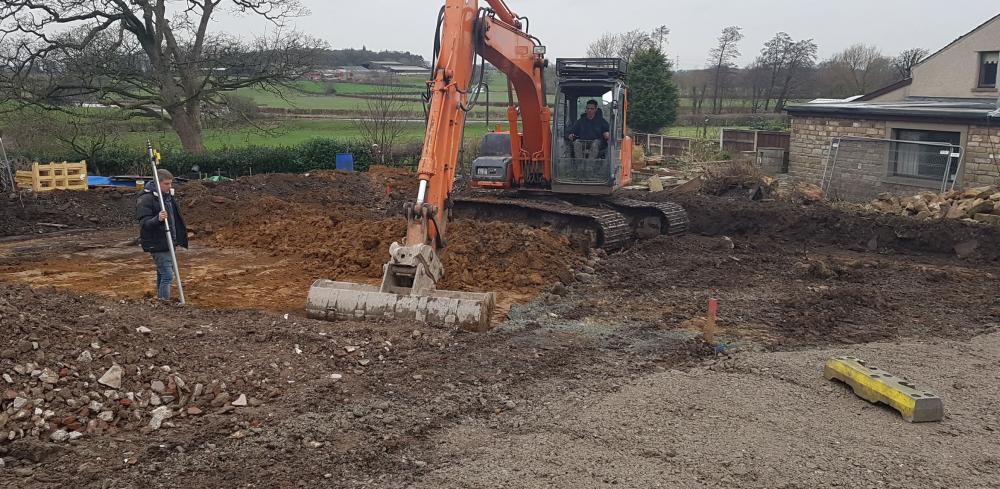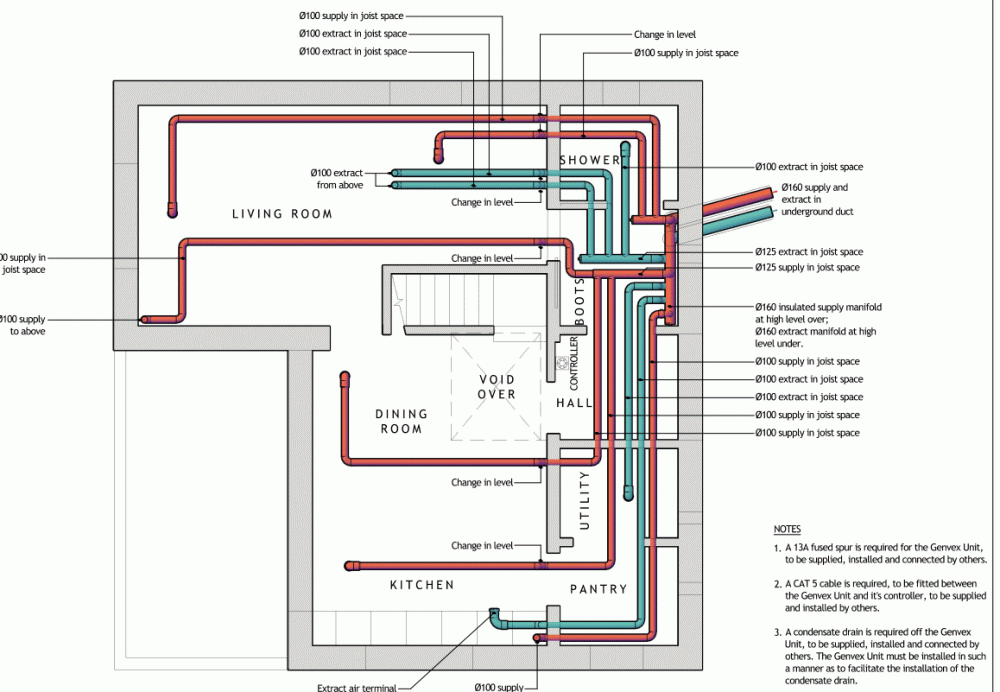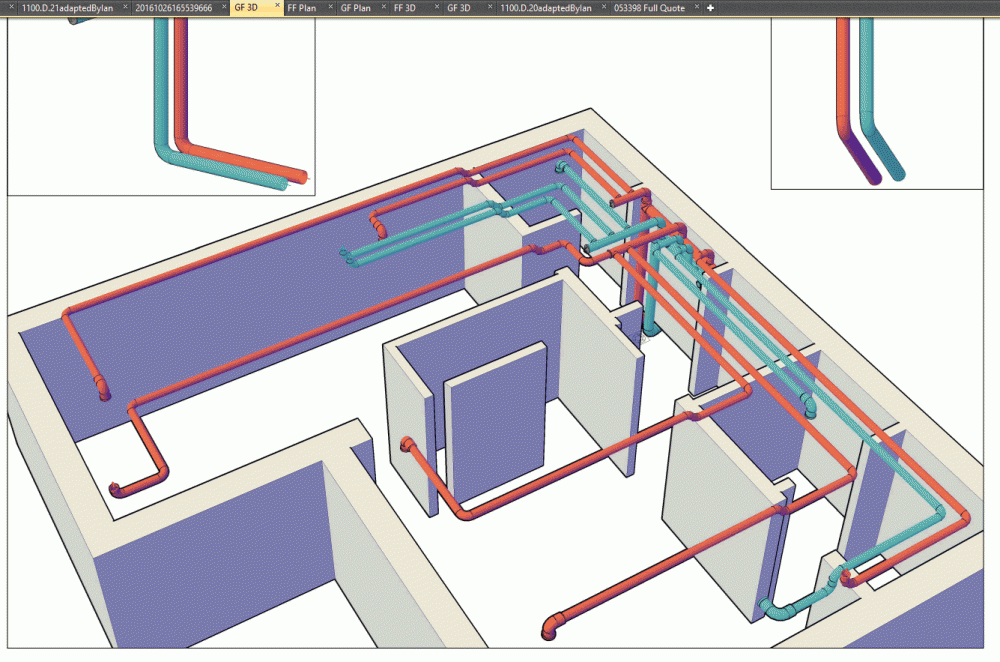Search the Community
Showing results for tags 'salamander cottage'.
-
This looks like this today I had a look at my records: January 2014 was the moment we first thought we might have a go at a planning application because our colleagues told us it was worth a try. Many times we were advised (correctly by estate agent friends and others) not to bother. @MrsRA bought the orchard (which the digger is now levelling) in 1985. It's nearly 30 years since there was a glint in her eye about getting a house built here. When we've built the house we'll reinstate the orchard. Put your orders in for Damson jam quick as you like. I can't tell you what a relief it has been to get to today. Piling mat will be finished Wednesday, and the stone columns go in on Saturday. The BCOs (Approved Inspectors) are having a CPD session at our place on that day , so a couple of inspectors are coming to see the stone columns go in, and the piling company Town and Country Vibro is also having a company training session at the same time. Better go and buy some more tea bags.
- 23 replies
-
- 7
-

-
- salamander cottage
- foundations
-
(and 2 more)
Tagged with:
-
The process of designing an MVHR system for our build has been very long one. All the way from 'MVHR whassat'? to buying a design. What was involved? Knowing that a passiv haus needs an MVHR system, and why Finding an architect who is sympathetic to passiv standard builds Reading about and visiting many passiv standard houses and one passiv haus conversion ( @VIPMan of this parish) Spending hours on the Internet reading posts, blogs, and taking advice Talking to several producers Working through PHPP and out the other end of it and buying a design We haven't bought the system yet. So before we do (or don't), I ask for your critical appraisal. Here are the facts. PHPP shows us needing 18.06 kWh per meter square per annum and a total requirement for 2090. kWh per annum This post , takes us into more detail than PHPP, and bits of it were helpfully explained by @Alphonsox. The bottom line is that I know how much heat (and power) I'll need, and where I'm going to lose it. I also know how much 'spare' heat capacity I have. I asked one company to design us the pipework, and specify the 'box'; Here's the plan: Supply is red, exhaust is blue That makes more sense if you look at it in isometric projection; Because of planning we had to squeeze the POSIs down to 202s. We have (effectively) no roof space. So supply and extract has to be effected through the under-floor space. To do that, we needed to double the pipe work (100s instead of 160s). That means that we are more likely to have a better 'mix' because we now have twice as many inlets and outlets than the original design which used the bigger diameter pipes. We have decided to have electricity as our underfloor heating system. Downstairs and the upstairs in the shower room only. The balance of the heat required is to be supplied by MVHR and insolation. Cooling (and pre-heat) is to be supplied by the MVHR. And that means a GENVEX Premium system with a micro heat pump (for pre and post heating and cooling). PHPP reports that we have a 10% likelihood of overheating. For all of that plus the installation and insulation of all the piping and commissioning £11K There's a big bit of me which thinks that the installation of the pipes is DIY (MVHR piping has first call on the between the floors space). So reduce that price by £2500. No hot water to be piped anywhere in the house. No hot water tank. Each sink (and bath) has a local water heater (SunAmp for the bath) No standing losses. Easy DIY. Thoughts? Ian
- 33 replies





